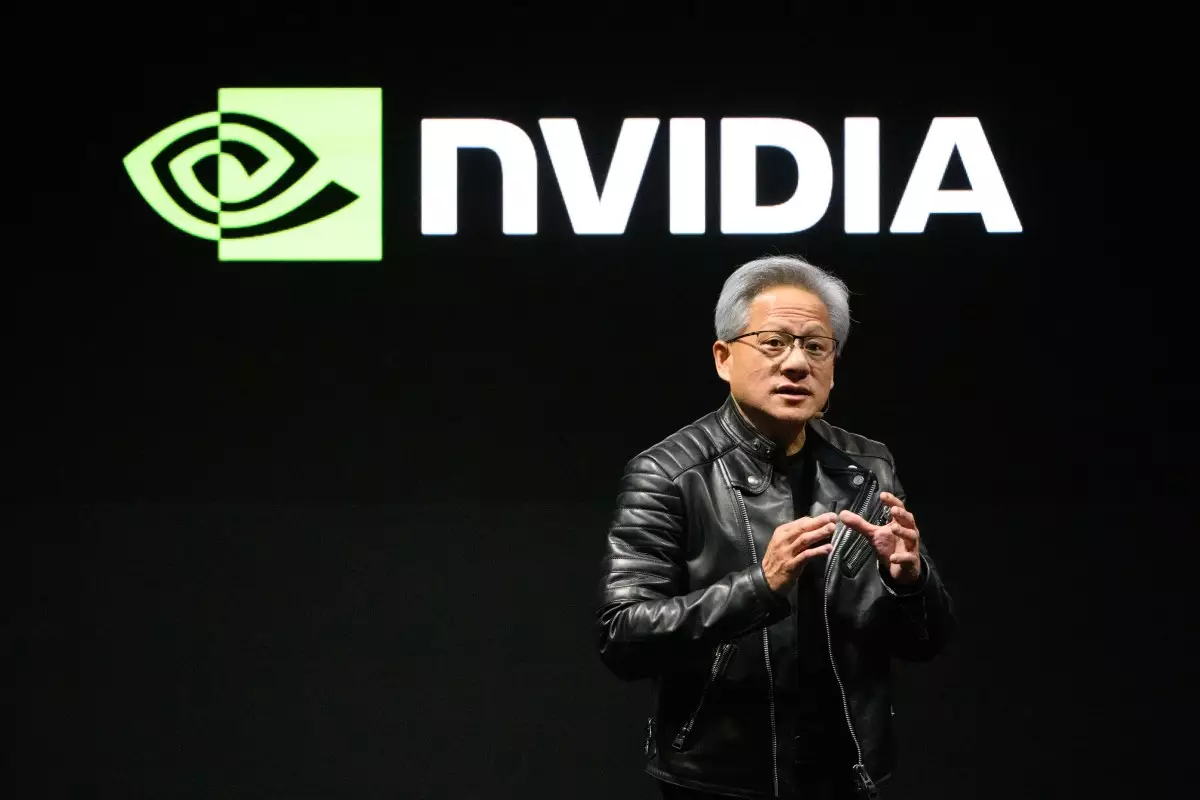Nvidia, the undisputed titan of semiconductor innovation, continues to demonstrate an unwavering desire to retain China as a critical growth frontier. Despite mounting geopolitical tensions and stringent export controls, the company is actively developing new AI chips tailored specifically for the Chinese market. This move reveals Nvidia’s recognition that the race for artificial intelligence supremacy is as much about market dominance as it is about technological innovation. In the face of increasing restrictions, Nvidia’s efforts showcase a calculated risk to balance compliance with strategic dominance. Their development of the B30A chip, which promises to be less powerful yet still significant, underscores a nuanced approach to navigating complex international laws while seizing market opportunities.
Innovation Amid Constraints: The B30A and Its Role in the Global AI Race
The B30A, reportedly a scaled-back yet still potent AI processor, symbolizes Nvidia’s adaptive strategy. Positioned between their current H20 GPUs and the high-performance B300 Blackwell, this new chip aims to deliver strong capabilities without crossing regulatory thresholds. The decision to design a single-die chip, as opposed to the dual-die architecture used in top-tier GPUs, suggests a deliberate effort to create a product that is powerful enough for Chinese consumers without invoking the ire of international regulators. This move also highlights Nvidia’s internal strategic recalibration: develop offerings that align with legal constraints but still serve to sustain their foothold in China’s vast market. It exemplifies the company’s determination to outmaneuver rivals and secure a steady revenue stream in a nation that cannot be ignored in the AI era.
The Broader Implications and the Power Dynamics at Play
Nvidia’s initiative occurs amidst a shifting US-China geopolitical landscape. The recent relaxation of US export restrictions on high-performance chips signals a nuanced approach by policymakers—yet, uncertainty remains. Critics argue that these moves are insufficient; they insist that controlling exports to China is essential for maintaining US technological dominance. Nvidia, however, senses an opportunity in this environment, positioning itself as a critical player that can adapt and thrive despite political headwinds. Their stance is straightforward: technology with beneficial applications should be accessible, and restricting access merely hands power to competitors like Huawei or local Chinese champions. Nvidia’s strategy reveals a broader belief that maintaining influence within China is not just about profit—it’s about safeguarding leadership in the global AI race. The company sees itself as a key piece in the geopolitical chess game, willing to operate within the confines of regulation while subtly asserting technological influence.
In essence, Nvidia’s recent moves reflect a daring, almost audacious, approach to global market capture. The development of the B30A chip symbolizes more than just product innovation; it embodies Nvidia’s commitment to keeping its foot in China’s door, even under regulatory and political pressure. This pursuit is driven by the conviction that the future of AI belongs to those who control the decisive technology and markets today. Despite criticism and external challenges, Nvidia’s willingness to adapt and push forward underscores a fundamental truth: in the ongoing global AI race, strategic agility and relentless ambition are the true currencies of power.

